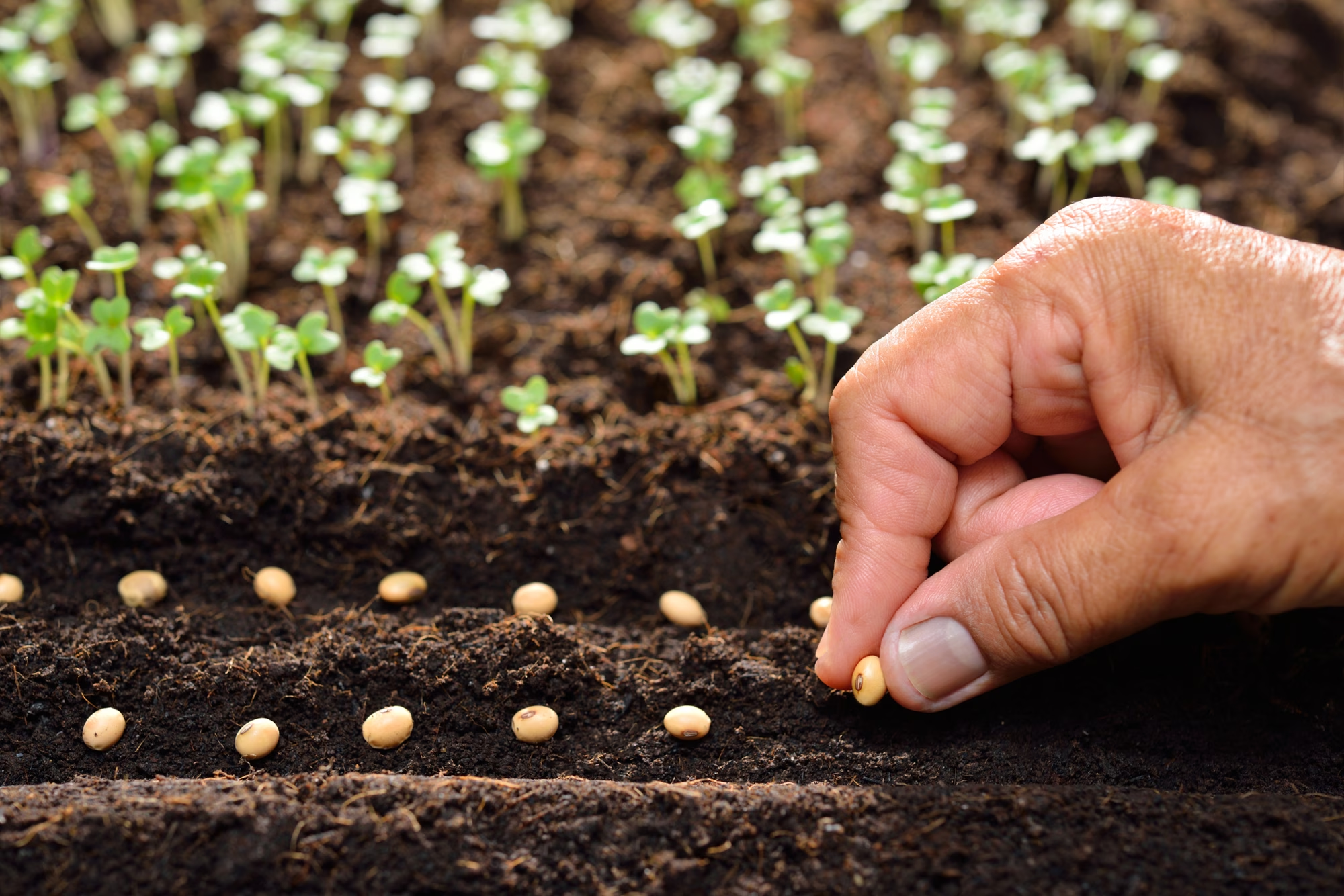Seed suppliers are often asked how long seed can be kept. Although a lot of effort is put into calculating the exact quantity of seed needed to establish the required area of a crop, there is often some left after planting. Factors such as wet conditions can disrupt sowing schedules and plans can change. Rather than discarding or giving away this seed, most growers will “carry it over“ to the next season. Storage conditions are important as these can affect the quality of the seed.
Any seed that is to be stored should be clean and dry. If the seed was removed from the original container it may be damp or contaminated with dust or soil. Such seed should be dried and cleaned and stored separately from seed that has not been exposed. Seed should be stored in the dark and at a constant temperature and humidity. Any seed kept in direct sunlight will show a rapid decline in viability. Seed should be stored at temperatures between 8°C and 12°C with a relative humidity of between 40% to 50%. Under correct storage conditions, including temperature, relative humidity and SMC (seed moisture content) the shelf life of the seed can be extended. If the seed is unopened it should be stored in the original container. Some packaging is re-sealable and can be used for storage, otherwise, glass jars or plastic bags may be used. Research suggests that oxygen is detrimental to the viability of the stored seeds. While it is not practical to remove all oxygen, as much air as possible should be removed from bags. Similarly, when using jars, they should be filled as much as possible to minimize the amount of air that the seed has contact with. The seed does not need oxygen until germination and respiration begin. Some references indicate that plastic bags should be avoided. This is true for wet seeds which may start to rot but dry seeds can be stored in plastic.
All seed containers should be clearly labelled with the variety and date that storage started. Other details such as lot number are useful, too, as this allows comparison with germination of the same lot number retained by the supplier.
The storage area and containers should be inspected regularly for rodent and insect damage. If evidence of either becomes apparent, appropriate control measures should be taken.
